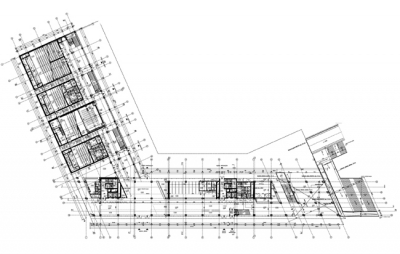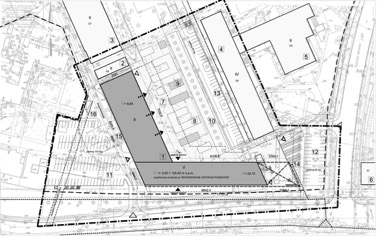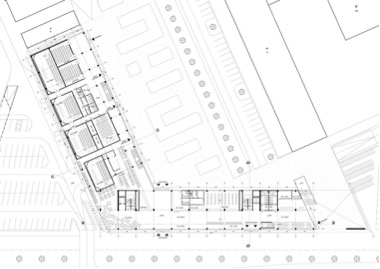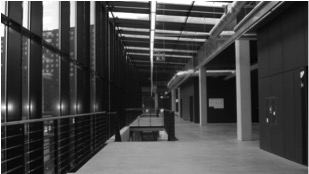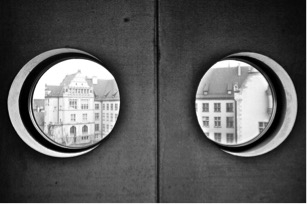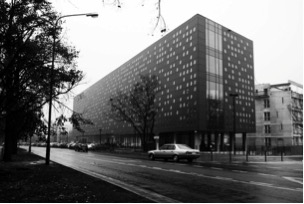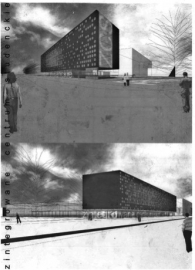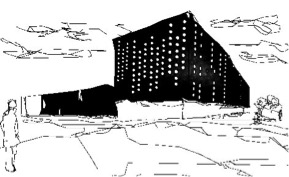The Integrated Student Center University of Technology, Wroclaw
Educational Complex performs an experimental form of students education entering the first year of studies at the Wroclaw University of Technology. Students namely, during the first two semesters have to implement the program in the field of core courses (same for all): mathematics, physics, computer science, humanities, and managerial, and introductory courses on selected fields of study. The building is designed to integrate students from all faculties during the first year of study.
The form of the object, is a combination of minimalist architecture giving it an original individual character by reference to the circumstances of the place. Binary "packaging" is an expression of the modern information society and the primary language of communication- binary notation. The colors are kept in graphite, dark tones with contrasting planes of transparent glass. The reduction of the internal space and the use of a minimum number of raw materials and finishing is to direct the user to the experiment teaching and limit distractions by the user. Interior design is a neutral backdrop for sophisticated technical equipment of the facility and its modern furniture, adapted to modern ergonomic and aesthetic requirements.
The basic units are arranged in the main functional zones:
- Educational complex is located in the lower part, 2 storey building - large classrooms, as well as a 5-storey building- seminars rooms , on floors 2 to 5
- Student Center is located in the main building, so that the separate parts can function independently from the rest of building- 24 hours a day
- Gallery exhibition of student organizations - gallery constant and temporary, reception point, general cloakroom, storage space for luggage, concierge and facility security team are located on the ground floor.
- Commercial units: bar - cafe - club, universal service shop and shop-kiosk universal are grouped around an entrance hall on the ground floor and at the level + 1.
- Recreational space in the building is designed for all levels, along the routes, and as a separate surfaces with communication departments
- Garage for cars (145 mp), and bicycle storage (600 seats) are located in the basement.
- Economic magazines, trash and other built-in technical rooms are located in the basement.
All of these functional units are communicated by a system of internal corridors, galleries and staircases with lifts.
The main entrance to the building - on the side of Wyspia?ski Coast and from the courtyard leads to the main hall.
The building is designed as reinforced concrete, poured: - skeletal plate.
Grid design is based on two basic modules:
- The part of the 5-storey 7.5 x 8.0 m ( reinforced concrete, slabs columns structure)
- Part 2-storey 20.0 x 8.0 m (steel beams)
Other construction elements:
- External walls: reinforced concrete prefabricated sandwich with insulation in the outer layer, the outer lining of fiber cement boards - anthracite.
- External glass walls: aluminium construction.
- Construction of the stairs: reinforced concrete
- Windows and doors : steel, wood with increased thermal and acoustic insulation
- Partitions lightweight plasterboard with mineral wool. Folding internal walls: Aluminium - System
- Walls and wall claddings toilets: laminate system in anthracite,
- Wall and inner glass boxes: steel system
- Roof drainage: vacuum system,
- Floors in corridors: concrete, industrial type
- Floors in classrooms and teaching rooms: industrial wood
- Finish the walls in large lecture halls: sound-absorbing plates of chips-cement
Integration and sustainable aspects:
-Site Plan follows context of University Campus
-Intelligent space: adaptability to changing needs, the flexibility of interlocking parts of educational space allows to connect and share the space and use of variables over time
- Synergy interior trim equipment facility-the minimum number of distractions that gives the opportunity to focus on the knowledge base,
- Clear organization of the inner space - for easy movement around the site
- Energy saving passive solutions - spatial compactness of object and reduction of glass surfaces.
- Low cost of m2

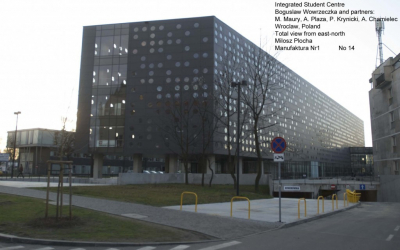
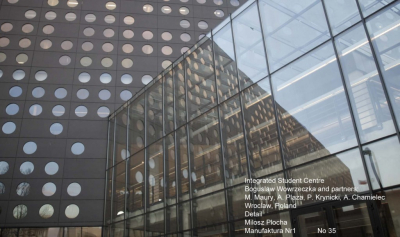
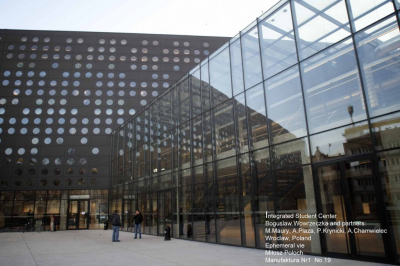
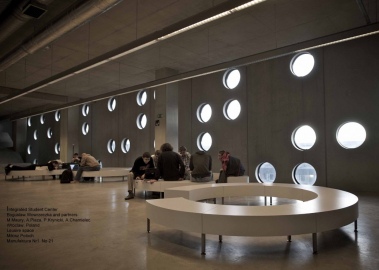
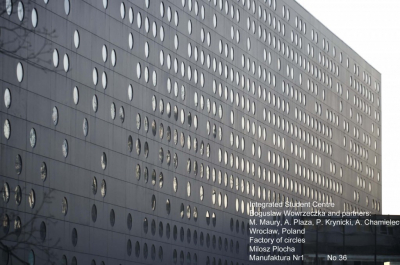
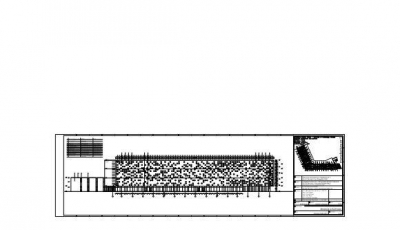
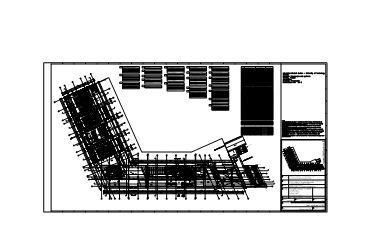
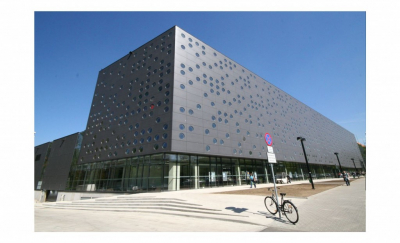
 copy.jpg)
